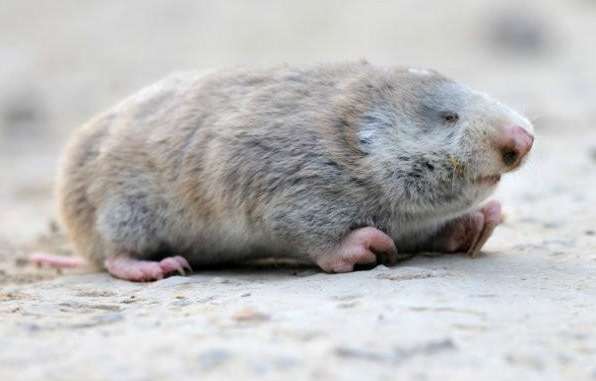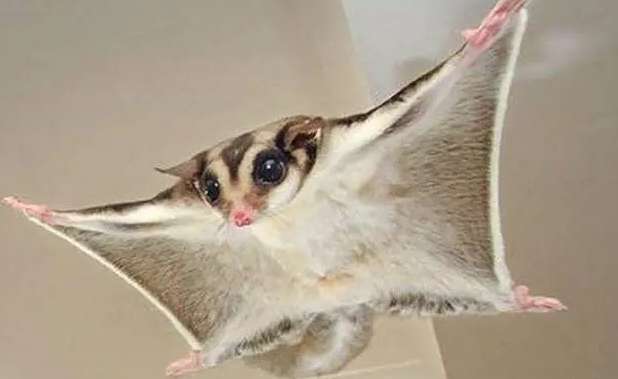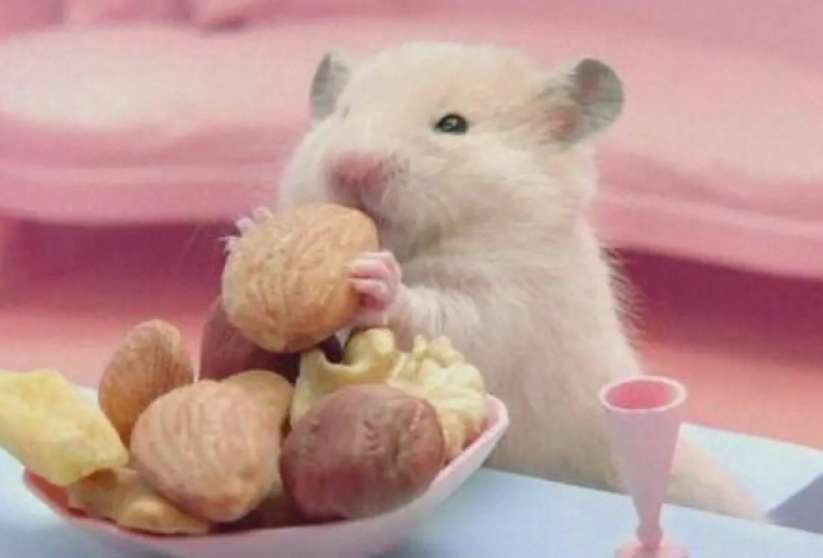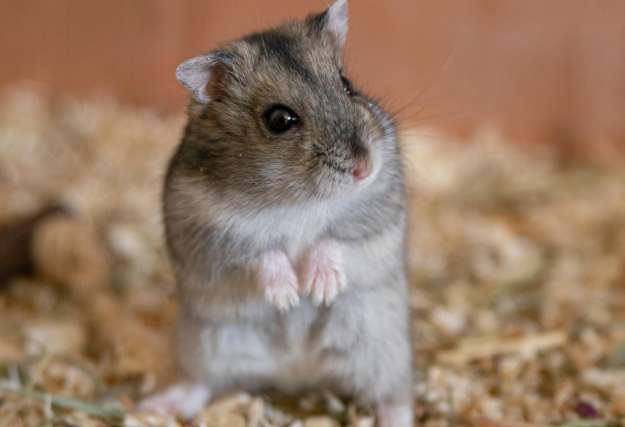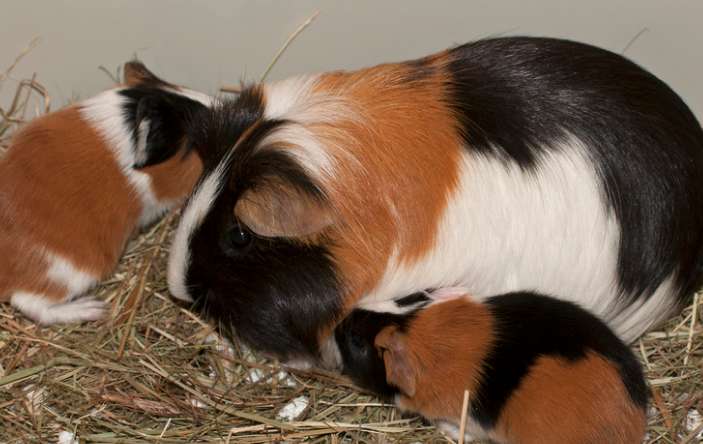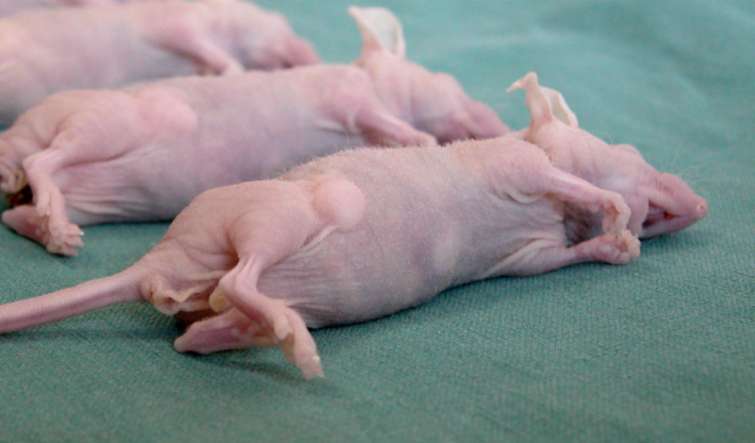In everyone’s impression, mice seem to be ordinary creatures that are very common in rural areas. And with the popularity of pet rats, they can often be seen in cities. However, there are also endangered species of rats, such as the yellow-haired rat.
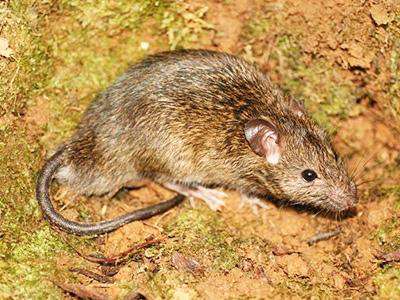
The yellow-haired rat is an animal of the family Muridae and the genus Rat. It is currently listed in the "World Conservation Union". It is mainly distributed in Cambodia, China, Laos, Malaysia, Thailand and other Southeast Asian countries. Today, the editor will take you to know about the yellow-haired rat.
1. Appearance characteristics
Body: The yellow-haired rat has a medium-sized body, a slender trunk, and a body length of 140-180mm; its hind feet are relatively small. Short, the length is generally shorter than 33mm (with very few exceptions), and the length is equal to or slightly longer than the head and body length; the temporal crest of the skull is curved in an arc, very similar to the talar crest of the skull of the roof rat; the ears are small and thin, and the hind feet are Short, less than 33mm in length; female rats have 6 pairs of nipples, 3 pairs of chests, and 3 pairs of moles.
Coat color: The coat color of the yellow-haired mouse varies greatly. The back hair ranges from light tan, tan to yellowish brown; the belly hair ranges from pure white, gray and even gray; the tail is almost the same color, and the back is dark brown. The underside is slightly lighter; the base of the tail ring is covered with dense and short dark brown hairs, and the tail ring is not obvious; the back of the front and rear feet is white.
Oral teeth: The incisor opening of the yellow-haired rat is long, and its rear edge almost reaches the second transverse ridge of the maxillary first molar; the odontoid process on the chewing surface of the molar is very obvious, and the teeth on each row of transverse ridges are Tujun is very developed.
2. Living habits
Habitat environment: The yellow-haired rat has strong adaptability to the natural environment, so its habitat types are very wide, but the Mainly in crop areas, it is the main rat species in crop areas. It widely inhabits rice fields, sugar cane fields, sweet potato fields, banana fields, and vegetable gardens, with most of them in rice fields. In addition, banks, shrubs, and thatched slopes also have their activities and habitats. However, with the changes of seasons and the influence of human activities, the habitat of yellow-haired rats has changed significantly. For example, in summer and autumn in rice areas, they mainly live in burrows on the edges of fields, field ridges, and field bases near crop fields. After the rice is harvested, they roost in groups under straw piles or near other crops.
PS: Yellow-haired rats generally do not enter human houses, only in houses close to farmland.Only discovered it by chance.
Diet: Yellow-haired rats are omnivorous rats that mainly eat plant foods. Rice, sweet potatoes, sugar cane, wheat, corn, peanuts, beans, melons, vegetables, etc. are all eaten, but they prefer to eat seed foods with higher nutritional value, and sometimes eat a small amount of animal foods, and their feeding habits often vary. Changes with changes in crops.
3. Growth and Reproduction
The yellow-haired rat has extremely strong fecundity and can reproduce throughout the year. There are two peak breeding periods each year, one each in May. -In June and September-October, there are 2-13 babies per litter, and most of them give birth to 5-6 babies.
Okay, the above is the information about the yellow-haired rat. After understanding this, do you have a new understanding of animals like mice?
